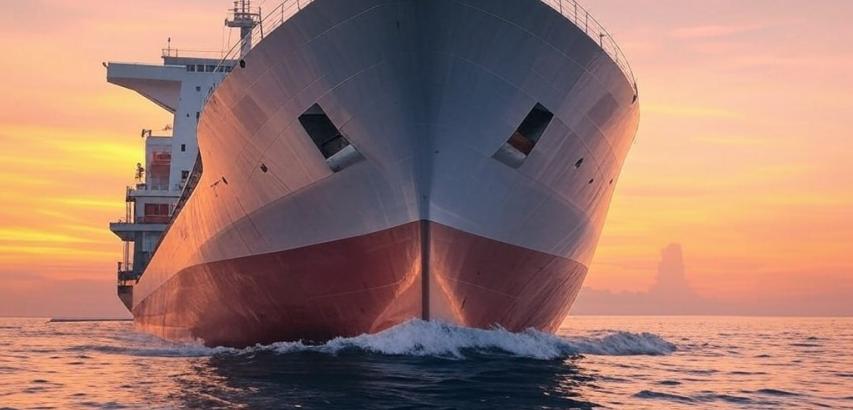Launching a giant ship into the water is a breathtaking spectacle and a complex engineering operation that requires careful planning and execution. This critical phase marks the transition of a ship from land to water, allowing it to begin its life at sea. Here's an overview of the process, the methods used, and the challenges involved.
Why Ship Launching Is Critical
Structural Testing
Ensures the ship’s hull is watertight and capable of floating.
Operational Readiness
Marks the completion of the primary construction phase, enabling outfitting and sea trials.
Symbolic Significance
A ceremonial moment, often involving traditions such as breaking a champagne bottle on the hull.
Methods of Ship Launching
Gravitational Slide Launch (Slipway)
How It Works:
The ship is constructed on an inclined ramp (slipway).
The ramp is greased or lined with rollers to reduce friction.
The ship slides down into the water by gravity.
Advantages:
Cost-effective and straightforward for large vessels.
Limitations:
Requires substantial structural support and a carefully designed slipway.
Float-Out Method
How It Works:
The ship is built inside a dry dock.
Once construction is complete, the dry dock is flooded, and the ship is floated out.
Advantages:
Safe and controlled process.
Suitable for extremely large vessels.
Limitations:
Expensive and requires specialized infrastructure.
Side Launch
How It Works:
The ship is built parallel to the water body and tipped sideways into the water.
Advantages:
Useful in constrained spaces or narrow water channels.
Limitations:
Creates strong waves and requires careful calculations to prevent damage.
Airbag Launch
How It Works:
Inflatable airbags are placed under the ship's hull.
The ship is rolled into the water as the airbags deflate gradually.
Advantages:
Cost-effective and portable for use at different locations.
Limitations:
Limited to smaller or medium-sized vessels.
Key Preparations Before Launch
Weight Distribution
The ship’s weight must be evenly distributed to prevent tipping or structural damage.
Hull Strength Testing
Ensures the hull can handle the stress of entering the water.
Weather and Tide Considerations
Launches are timed for optimal tidal conditions and weather to minimize risks.
Safety Measures
Rigorous safety protocols are in place to protect workers and onlookers.
Engineering Calculations
Detailed assessments of buoyancy, center of gravity, and force distribution are performed.
Challenges in Launching Giant Ships
Structural Stress
Sudden immersion can cause stress on the hull and internal components.
Wave Impact
The displacement of water creates large waves, which must be managed to prevent flooding or damage to nearby areas.
Controlled Entry
Ensuring the ship enters the water at the correct angle to avoid capsizing or uneven immersion.
Environmental Concerns
Launches can disturb aquatic life and ecosystems, necessitating mitigation efforts.
Innovations in Ship Launching
Hydraulic Systems
Modern slipways use hydraulic systems for controlled descent, minimizing friction and stress on the hull.
Computerized Simulations
Advanced software predicts potential issues and optimizes launch conditions.
Eco-Friendly Practices
Measures such as reduced noise and controlled water displacement are being implemented to protect marine environments.
Robotics and Automation
Robotic systems enhance precision and safety during the launch process.
The Ceremonial Aspect of Ship Launching
Ship launches are steeped in tradition, symbolizing good fortune and safe journeys for the vessel.
A sponsor, often a dignitary or notable figure, breaks a champagne bottle against the hull during the ceremony.
These events are celebrated with speeches, music, and a gathering of shipyard workers, officials, and spectators.
Launching giant ships into the water is a blend of engineering expertise, tradition, and precise coordination. From gravitational slides to advanced float-out methods, each technique ensures that the vessel transitions smoothly from land to sea. With ongoing advancements in technology and sustainability, ship launching continues to evolve, making it safer, more efficient, and environmentally conscious.
 |  |  |
